Hyper-V Error 0x8009030e: How to Fix It
Ensure your VMs are on the same domain
4 min. read
Updated on
Key notes
- If there’s a failure in the network communication between hosts, your live migration of VMs may be unsuccessful.
- To fix this, you need to do some basic troubleshooting by ensuring your VMs are configured for live migration and have enough permissions.

If you are using Hyper-V for your virtualization needs, you might have encountered the error 0x8009030E. This is a common issue that many users face while migrating a virtual machine from one host to another.
Live migration is a critical feature of Hyper-V. It allows you to move virtual machines from one host to another without disrupting their services. However, some users are down on their luck as the Hyper-V error 0x8009030e prevents the migration.
Let’s have a closer look at why this happens and how you can have a successful migration.
What is Hyper-V error 0x8009030E?
Hyper-V error 0x8009030E is a common error that occurs when trying to create a virtual machine. The error code is described as no credentials are available in the security package.
You may encounter this error when you try to perform a live migration in Hyper-V. When you’re trying to move a virtual machine from one Hyper-V host to another, the source Hyper-V host must be able to communicate with the destination Hyper-V host.
If the source and destination hosts cannot communicate with each other, then they cannot send the necessary information to complete the migration operation successfully.
But why does the migration fail? There are many reasons for Hyper-V Live migration to fail. Let’s take a look at some of the most common ones:
- Improper configuration – This error can occur if the Hyper-V host is not configured correctly or if the source and target virtual machines are incompatible.
- Insufficient space – The host VM may not have enough space on its storage to migrate all the virtual machines at once.
- Incorrect firewall configuration – If your firewall is blocking ports needed for Live Migration, it will not work properly.
- Network issues – The migration may fail if you have multiple network adapters on your server or multiple virtual switches with different configurations and settings on your host.
- Incompatible Hyper-V – Live migrations are supported only if both hosts are running the same version of Hyper-V, and they must be able to communicate with each other over their network connection.
- Insufficient authentication – The Kerberos Constrained Delegation is a security feature that allows a service to delegate authentication to another service while controlling which services can request delegation and what types of delegation they can request. The live migration will fail if the particular user account does not have the requisite permissions.
How can I fix the Hyper-V error 0x8009030e?
Check off the basics before reaching out to the complex solutions:
- Live migrations are only enabled for VMs configured for this purpose. Ensure that your VMs have been configured for the migration.
- Check that your network cards are configured properly.
- Ensure that there is enough free space available for each VM on its destination host before attempting a live migration operation.
- Some operating systems require the Kerberos Constrained Delegation as a protocol transition. Ensure you verify the user account has the required permissions to perform the migration.
- Verify that the host and destination VMs belong to the same domain.
1. Enable Kerberos authentication
- On your host machine, navigate to Hyper-V settings and click on Live Migrations to expand.
- Click on Advanced features, and under the Authentication protocol, check the Use Kerberos box.

2. Configure constrained delegation
- Open your Active Directory Users and find your Hyper-V host computer account.
- Right-click on it and select Properties. Click on the Delegation tab.
- Check the Trust this computer for delegation to specified services only and Use Kerberos only boxes.

- Repeat these steps for the other host computer.
- Sign out, then sign back in for the changes to take effect.
Constrained delegation is a mechanism that can limit the scope of an authentication ticket’s validity. This allows you to create more secure environments by limiting the ability of users to impersonate other users or access resources they shouldn’t have access to.
If a service ticket has been issued with constrained delegation, then only services configured to trust the issuing service can use the ticket to authenticate.
Other related errors you may run into include the Hyper-V is not authorized to connect error, so pass by our helpful article for quick fixes.
Let us know of any other solutions you may have tried in the comment section below.


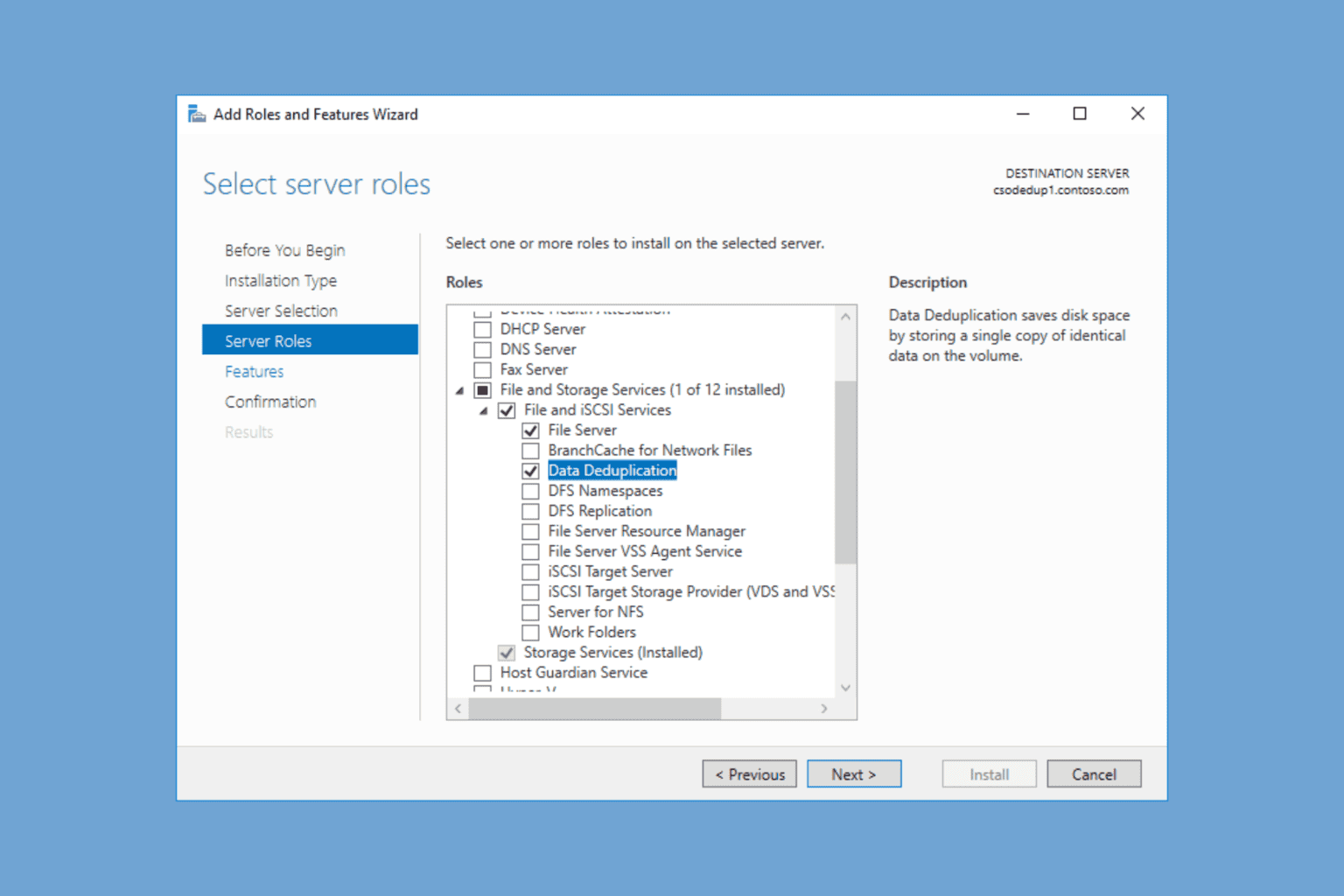


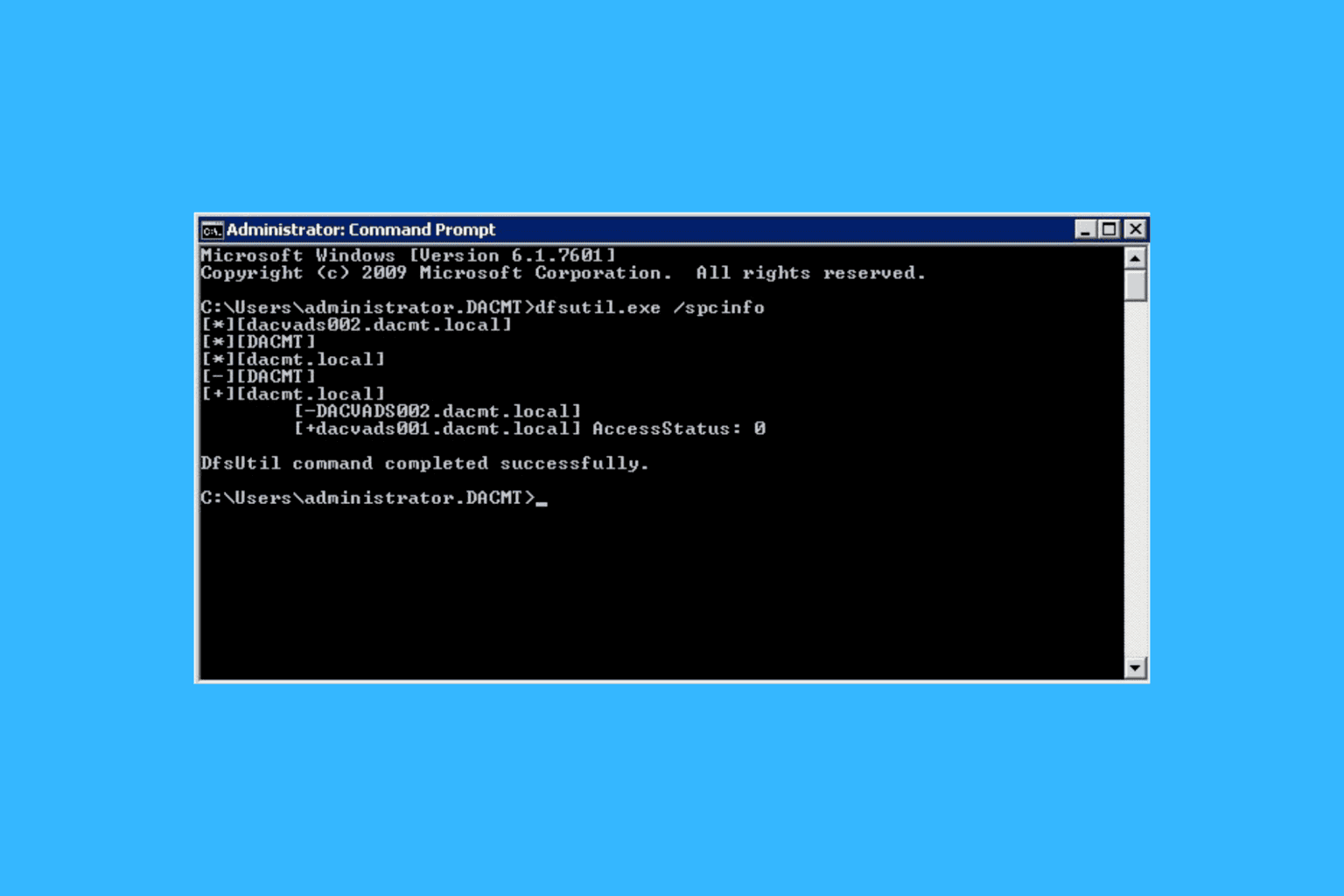
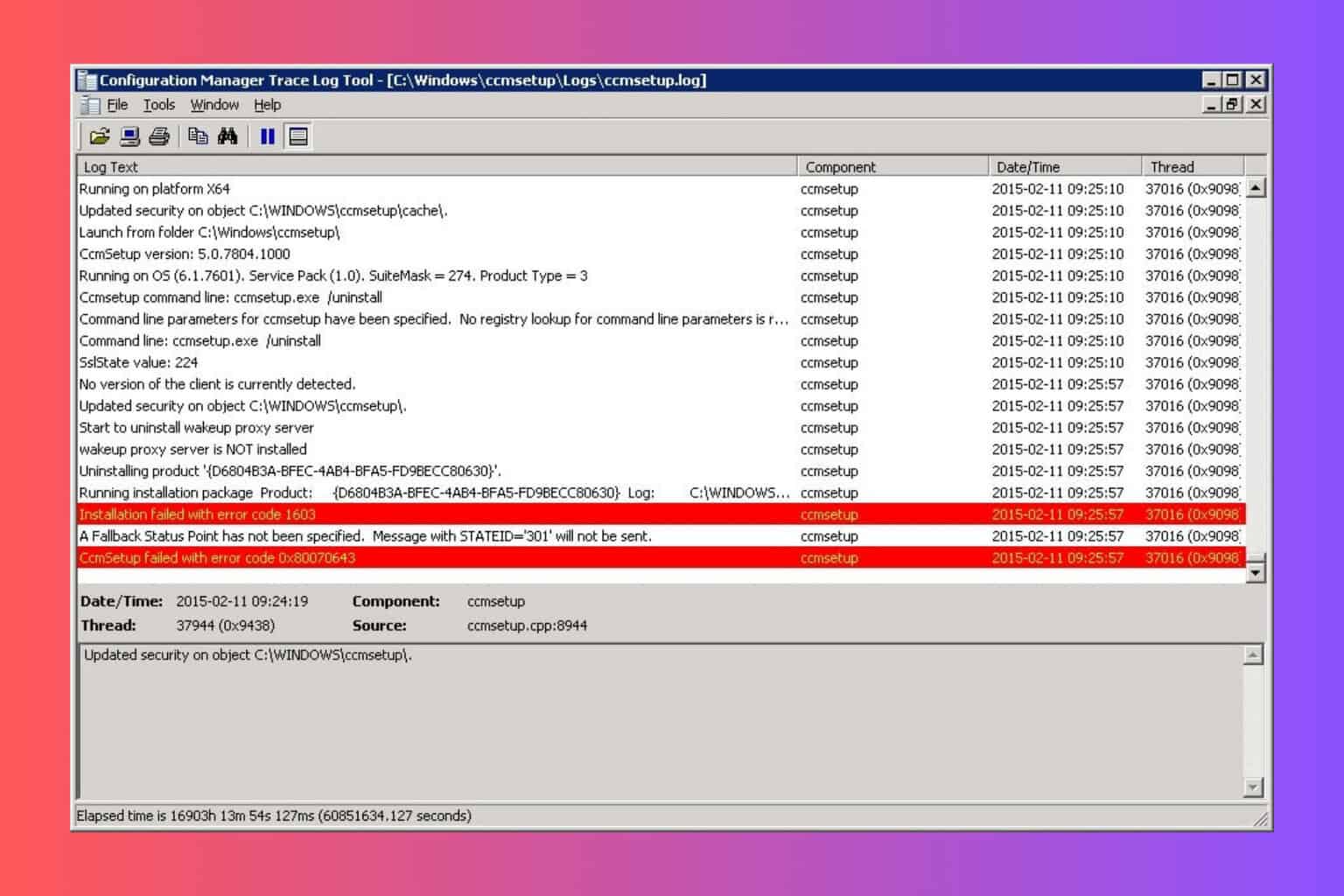
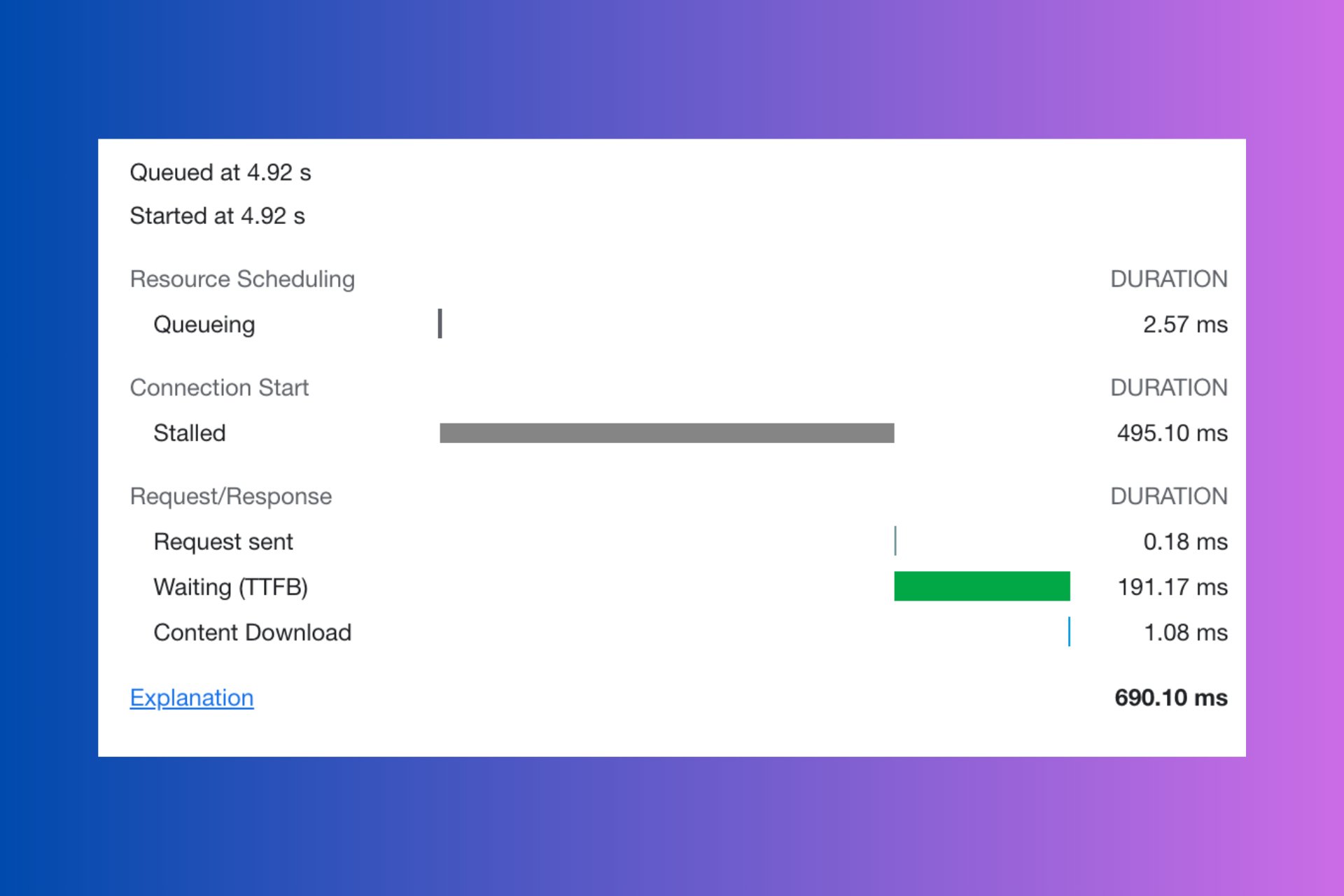
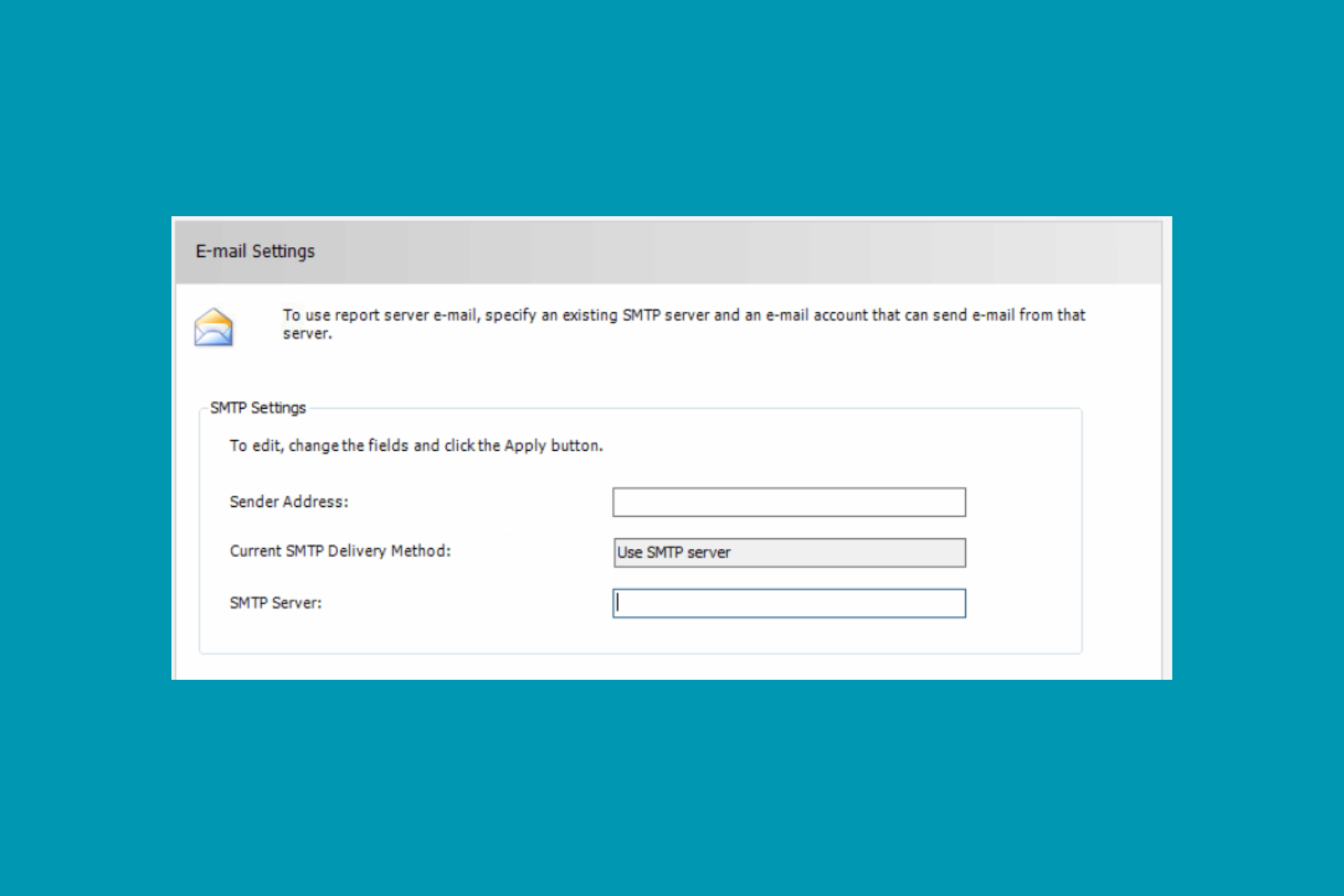
User forum
0 messages